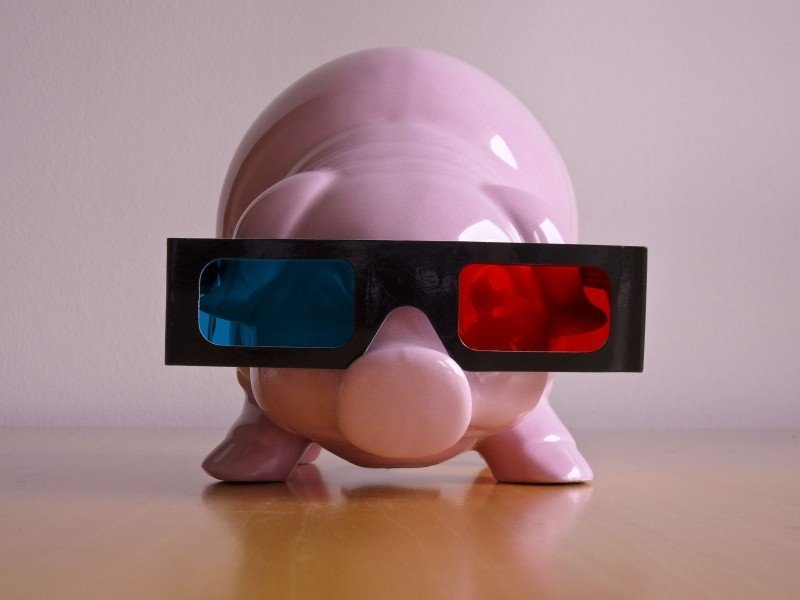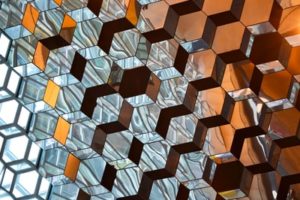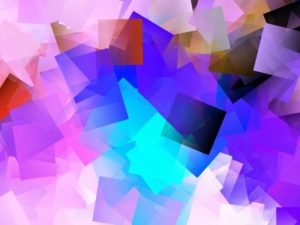Should You Implement 3D Effects On Your Website?

Well-designed, relevant 3D effects can increase the appeal and user-friendliness of your website. While many people think of these effects as decorative elements of a website, there’s so much more they can do. Web designers can add 3D elements to main pages to welcome users, or use them as smaller details to pull visitors into a unique experience!
The Different Types Of 3D Effects
3D effects allow web designers and illustrators the ability to create realistic, complex visuals that attract a user’s attention. There are several types to choose from, each with a purpose that is both  decorative and practical. They include:
decorative and practical. They include:
- Welcome Effects: A first impression is important, but the problem is you only have one chance to make it. Creative 3D effects can greet visitors, engaging them from the moment they choose you. They also make the experience friendlier, increasing the likelihood that they’ll be back.
- Storytelling Effects: Do you have a unique backstory? 3D effects on the home page can enhance your website’s ability to tell this story.
- Loading Effects: Users can find that 3D effects make load times a lot easier to handle. No matter how fast your site, visitors might have to wait for PDFs, tables, videos, and other content to load. A well-designed 3D effect can lighten the wait time and create the impression that your site is running faster.
- Interactive Effects: 3D effects can help visitors understand when they’ve performed a correct action on your website. These effects can also include warning effects (informing the user when they’ve done something incorrectly) and hover effects (when the user holds the cursor over an element, the effect can show them that it’s clickable).
Adding 3D effects to a site isn’t a complicated process. The designer mocks up a concept and shows it to the developer, who will check the effect’s complexity and choose a program that can best make it a reality. The frontend developer tests if the animation works for basic use cases before the website goes live with the effect. Some designers have even started mixing 3D and 2D to create more sophisticated and original website experiences.
 Should I Include 3D Effects On My Website?
Should I Include 3D Effects On My Website?
When 3D effects became widely available around 2011, almost every website started using them. The hype has subsided in recent years, but there’s always going to be a place for impressive 3D effects. How can you choose the best effects for your web experience?
Before you commit to something, you should have a reason for including the 3D effect. You can make the decision when talking with your web designer, but there are three big reasons to choose them:
- Attracting attention: When you add 3D effects to a homepage, they can draw in the visitor. You don’t have a lot of time to keep them in, and an eye-catching impression can be the decisive factor.
- Improving usability: 3D effects can guide the user to important details, highlight original web features, and help them make the right decision about the clickability of elements.
- Enhancing the experience: While waiting for pages or PDFs, a 3D effect can make the load time seem like no time at all!
If an effect can accomplish any of these three, you can consider adding them to your site. While they are great, 3D effects can affect how a website performs. Rethink using them if they slow your site’s load times; not only will it negatively impact your user experience, but it will hurt your Google ranking!